Sony Announces Xperia 5 II: 120Hz Full-Fledged Small Phone
by Andrei Frumusanu on September 17, 2020 3:00 AM EST- Posted in
- Mobile
- Sony
- Smartphones
- Xperia 5 II
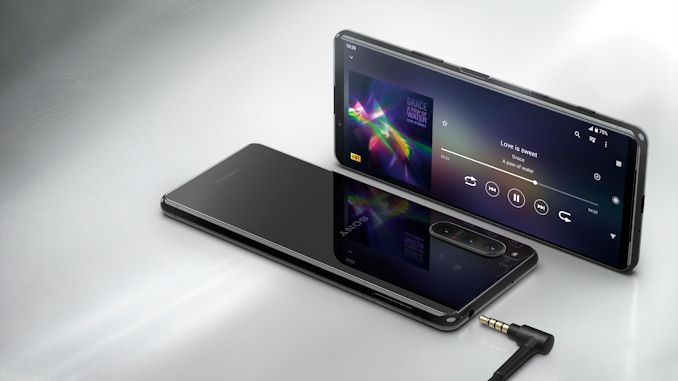
Today Sony is following up on one of its newer form-factors that the company had introduced last year with the Xperia 5. The new Xperia 5 II (read as mark two), follows up on the smaller flagship sibling device, retaining its form-factor, but also substantially improving its design as well as maintaining an almost complete feature-parity with the bigger Xperia 1 II.
The new phone also sets out to differentiate itself from other Sony offerings: the company seemingly has focused on the more gaming-centric usability of the device even though externally it does not have the flair of a gaming phone. With a new internal heat dissipation system and a 120Hz refresh rate OLED and 240Hz sample rate touch input, the Xperia 5 II punches above its weight when it comes to fluidity.
Sony has achieved this all whilst retaining the form-factor and weight of the Xperia 5 – even cramming in a new 4000mAh battery just by virtue of improved internal engineering. This is Sony’s seemingly most competitive package in years, let’s go over the details:
| Sony Xperia Series | |||||
| Sony Xperia 1 II |
Sony Xperia 5 II (NEW) |
||||
| SoC | Qualcomm Snapdragon 865 1x Cortex-A77 @ 2.84GHz 3x Cortex-A77 @ 2.42GHz 4x Cortex-A55 @ 1.80GHz Adreno 650 @ 587MHz |
||||
| DRAM | 8GB | ||||
| Display | 6.5" OLED 3840 x 1644 (21:9) |
6.1" OLED 2520 x 1080 (21:9) 120Hz Refresh w/ 240Hz Touch |
|||
| Size | Height | 166 mm | 158 mm | ||
| Width | 72 mm | 68 mm | |||
| Depth | 7.9 mm | 8.0 mm | |||
| Weight | 181 grams | 163 grams | |||
| Battery Capacity | 4000mAh 18W USB-PD Adaptive Charging |
||||
| Wireless Charging | Yes | - | |||
| Rear Cameras | |||||
| Main | 12MP 1.8µm Dual Pixel PDAF 1/1.7" sensor 24mm / f/1.7 with OIS |
||||
| Telephoto | 12MP 1.0µm PDAF 1/3.4" sensor 70mm / / 3x zoom f/2.4 with OIS |
||||
| Wide | 12MP 1.4µm Dual Pixel PDAF 1/2.6" sensor 16mm / 130° f/2.2 |
||||
| Extra | 3D Time-of-Flight (ToF) | - | |||
| Front Camera | 8MP 1.12µm f/2.0 |
8MP 1.12µm f/2.0 |
|||
| Storage | 256GB +microSD |
128 / 256GB +microSD |
|||
| I/O | USB-C 3.5mm headphone jack |
||||
| Cellular | - | - | |||
| Wireless (local) | |||||
| IP Rating | IP65 & IP68 | ||||
| Other Features | Dual Speakers | ||||
| Dual-SIM | 1x nanoSIM + microSD or 2x nanoSIM |
||||
| Launch Price | $1099 / £ / 1199€ | $949 / £799 / €899 | |||
At the core of the phone we find a Snapdragon 865 SoC which allows the device to have excellent performance. Although the SoC is quite conservative in terms of its power draw, the Xperia 1 II did have some very slight throttling under sustained workloads such as gaming. In order to alleviate this, Sony has developed an improved thermal dissipation system inside the phone, mostly thanks to a new large graphite pad that is able to transfer heat from the SoC to the larger footprint of the screen panel. This should help the device achieve almost indefinite sustained performance under normal circumstances.
Memory wise we still see a reasonable 8GB of DRAM and storage capacities at 128 and 256GB, extendable with microSD cards.
In terms of design, the Xperia 5 II takes queues from the Xperia 1 II as it features and almost identical front and back design. On the front, this means that there’s still two top and bottom bezels instead of more modern notches or hole-punch cameras, however this comes at the benefit of having two surprisingly good and what Sony claims to be much better balanced stereo front speakers than what we see in other competitor smartphones.
One change in the ergonomics of the phone is the fact that the Xperia 5 II comes with a rounded side-frame design rather the more rectangular and boxy design of that of the 1 II – in this sense the phone seems to be more similar to the Xperia 1, and frankly that’s a positive as I think that gives a much better in-hand feel and ergonomics than the 1 II.
This is still a rather small phone by today’s standards (And today’s standards are big phones!). At 68mm width it’s narrower than the smallest Galaxy S20, and still only weighs a reasonable 163 grams. Sony has been able to increase the battery capacity from the original Xperia 5 from 3110mAh to a new 4000mAh unit at the same time through reengineering the internals of the phone and reorienting the motherboard and using a multi-stack design. The battery compartment also uses a wider footprint inside the phone and maximises the space used in the frame.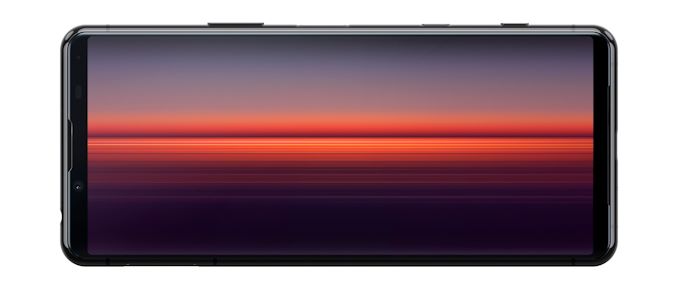
The display of the Xperia 5 II is totally new for Sony. It’s a 2540 x 1080 resolution OLED screen, but this time around it introduces a 120Hz refresh rate, and even features a 240Hz touch input sample rate. That’s a big jump from not only the Xperia 5, but also this year’s Xperia 1 II. I’ve never been a fan of Sony’s choice to chase after 4K displays in their Xperia 1 line-up as frankly it’s complete overkill at comes at a great cost to battery life. A 120Hz refresh rate at FHD+ such as on the Xperia 5 II is a much better choice for the user experience, and the resolution loss shouldn’t be that bad on this 6.1” display as it’s quite smaller than the norm today so PPI is still reasonably high.
The rear camera design is extremely similar to that of the Xperia 1 II. In fact, it’s essentially an identical camera setup in terms of the modules:
A main 24mm equivalent module with a 12MP 1/1.76” sensor with 1.8µm pixels and an f/1.7 optics system with OIS serves as an excellent primary camera. This is augmented by a 70mm equivalent 3x optical zoom 12MP 1.0µm f/2.4 module with OIS acting as the telephoto camera, and also a 16mm equivalent 12MP 1.4µm f/2.2 module as the ultra-wide angle unit.
The one thing missing from the Xperia 5 II that’s present on its bigger sibling is the time-of-flight depth sensor – not that big of a loss for photography.
Sony’s camera experience has never been that of hardware, but rather their approach to software processing. The company has a more hands-off approach to pictures, more like their digital camera or mirrorless systems – which isn’t always successful in the smartphone space as you do need more computational photography to counteract the negatives of having a smaller camera sensor on a phone. In that regard while the Xperia 5 II looks great on paper, don’t expect an as great daily experience as on an iPhone or Galaxy.
The phone is only 8.0mm thick, which is still extremely usable given its narrow width.
Sony this year brought back the 3.5mm headphone jack, and in the Xperia 5 II they even claim to have improved audio quality by improving cross-talk and the audio signal path. It’s great to see companies admit that removing this port was a mistake and revert their past choices – it really now gives the Xperia 5 II quite a differentiating advantage over the competition as almost nobody else features this capability.
With IP68 water resistance, it looks like the Xperia 5 II is ticking almost every single feature check-box of what you’d want in a phone in 2020, which is highly unusual, and extremely unexpected from Sony.
As an overall package, the phone looks incredibly competitive, and I haven’t been able to say that of a Sony phone in ages, if ever.
The real only caveat of the device is its pricing: at $949 or €899, it’s still a bit pricy compared to other flagships in 2020, especially this late into the generational cycle. In Europe, the Xperia 5 II will be available in October, while the US again gets it quite late with availability only starting December 4th – which is extremely late and at that point you’d be better off waiting for the 2021 spring refreshes from the competition.
Still, it’s been a long time I’ve been excited for a Sony phone in this way, and it’s a definite positive for the company’s new path in the mobile space.


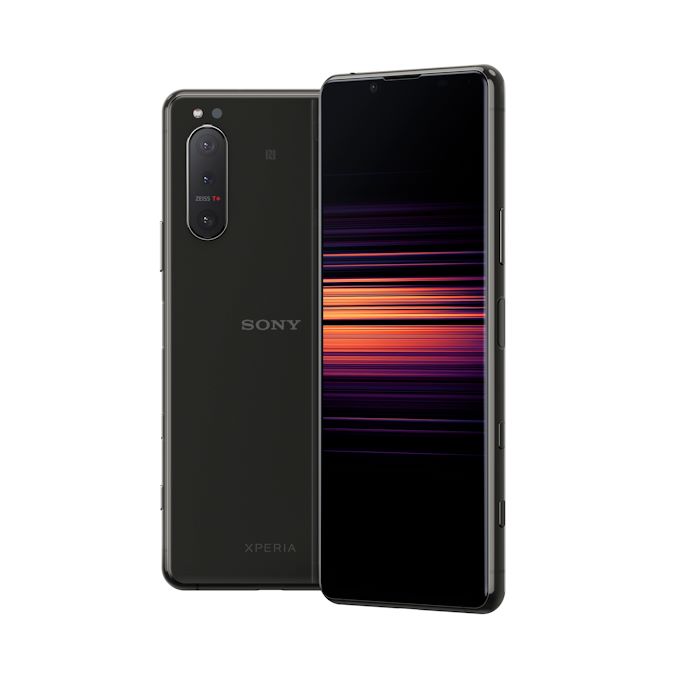
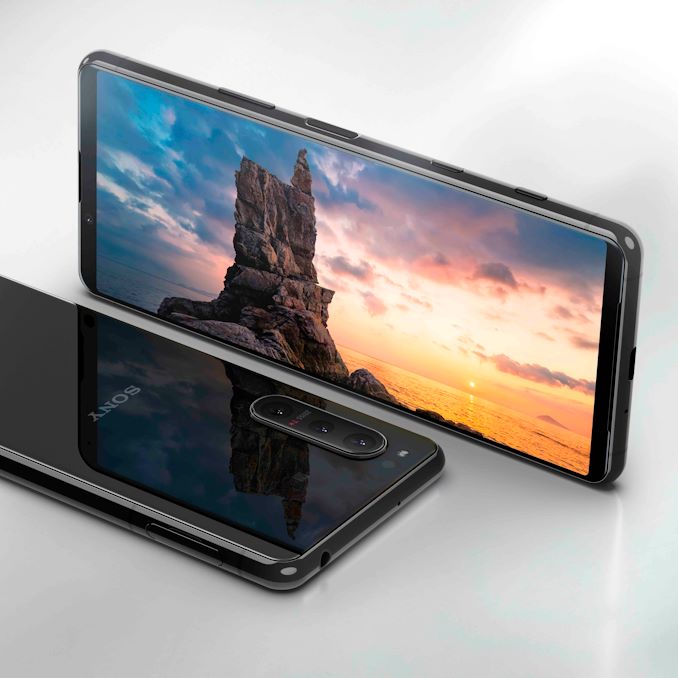
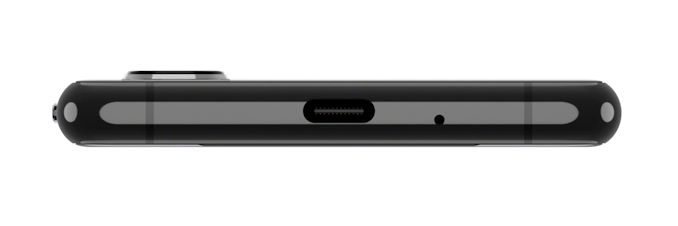
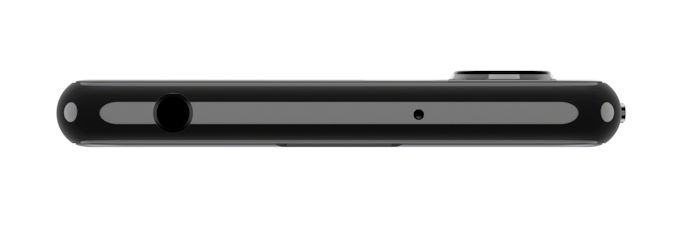








137 Comments
View All Comments
Quantumz0d - Thursday, September 17, 2020 - link
Dang. The phone costs a lot they missed out on that...shameHrel - Saturday, October 10, 2020 - link
You should be aware that your coverage will drop significantly in the USA going from LG V30 to Sony anything. You need to make sure the phone supports LTE bands 66 and 71 or it's basically just a city center device. Almost like a really long range cordless phone, more so than a cellular phone.https://www.frequencycheck.com/models?q%5Bfrequenc...
That is a listing of all the phones which support band 71 in America, which is necessary to have coverage which is actually useful. Now, if you only ever want your phone to work places the population density exceeds 100 ppl/sq mile just buy anything, literally anything. If you want it to work places human beings can actually maintain their humanity, you need band 71.
TheinsanegamerN - Thursday, September 17, 2020 - link
It looks nice, but like others I would really prefer a shorter device with a 16:9 screen, 21:9 doesnt really work for me ona device like this, just makes it that much harder to use one handed.asfletch - Friday, September 18, 2020 - link
My XZ1C is that phone. I believe they could fit an 18:9 screen with FF speakers in the same footprint 130x65mm) these days. The XZ2C felt oddly skinny though, and 21:9 + speakers is TV remote territory. Sigh.mrvco - Thursday, September 17, 2020 - link
I'll wait for that price to get closer to reasonable. I'd rather not give up wireless charging, but it won't be the first time.vanish1 - Thursday, September 17, 2020 - link
FINALLY a manufacturer that gets that we want a headphone jack with the capabilities of a smartphoneMxC6maxP - Thursday, September 17, 2020 - link
It's 1mm narrower than S20, but it has smaller screen, and it's 7mm taller. I don't see how this phone is competitive in any way. Maybe the headphone jack?PeachNCream - Thursday, September 17, 2020 - link
Those headphone jacks are difficult to find on higher priced phones so the fact that one is being included may act as a primary motivator for quite a few people that feel strongly about getting that capability. When it comes down to it, if you're going to put down that much money (or take it over the course of a cellular contract) you may as well get the feature set that you want. Everything in that price bracket is pretty much using the same SoC so there isn't much variance in performance anyway. Everyone gets Android and everyone gets their current gen Snapdragon so the purchase choice boils down to other factors like a microSD slot or a headphone jack as product differentiation.nicolaim - Thursday, September 17, 2020 - link
Good point about the S20.boozed - Thursday, September 17, 2020 - link
"Small"Screen size begins with a 6.